Freshwater Producers and Consumers
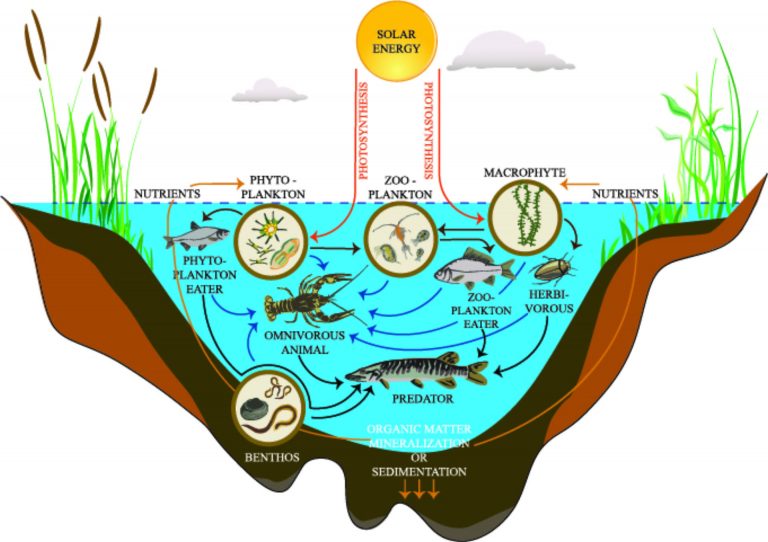
Freshwater lake ecosystem
There are four main constituents of the living environment that form the freshwater ecosystem, they are as follows.
- Elements and Compounds of the ecosystem that are absorbed by organisms that are required as a food source or for respiration. Many of these compounds are required by plants and passed along the food chain.
- Plants that are autotrophic by nature, meaning that they synthesize food by harnessing energy from inorganic compounds (plants do so by photosynthesis and the sun); this is done via photosynthesis. These plants (and some bacteria) are the primary producers, as they produce (and introduce) new energy into the ecosystem.
- Consumers, which are the organisms that feed on other organisms as a source of food. These may be primary consumers who feed on the plant material or secondary consumers who feed on the primary consumers.
- Decomposers attain their energy by breaking down dead organic material (detritus), and during this reaction, release critical elements and compounds which in turn are required by plants.
This simple classification of life in the ecosystem indicates a simplified relationship where each pass on energy in the food chain allowing one another to survive.
An ecological pyramid indicates energy passing along from autotrophic organisms to carnivores at the top of the chain. Those at the bottom of the food chain are usually the smallest in size but not always, and are almost inevitably the largest in number. Those who feed off these primary producers are less in number, usually, because they are larger and require more than one portion of prey per meal as a means of fulfilling nutritional requirements for a larger organism. This situation continues to the top of the chain, where few secondary consumers are eaten by an even smaller amount of tertiary consumers.
This is typical of a food chain in a freshwater community. Sometimes the pyramid diagram of a food chain can be inversed, usually in the case of parasites and hyper-parasites, where many smaller organisms rely on much larger organisms as a means of food and survival.
The next tutorial continues looking at the relationship between organisms and how energy is passed on in the food chains and looks at ecological pyramids.
You will also like...
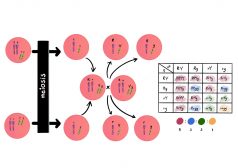
Independent Assortment and Crossing Over
This tutorial describes the independent assortment of chromosomes and crossing over as important events in meiosis. Read..
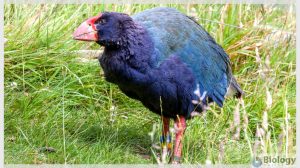
Takahē (Porphyrio hochstetteri)
Meet the colorful takahē, an extremely rare flightless bird. Find out more about its unique features and why they matte..
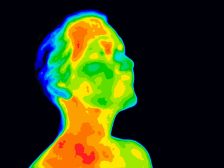
Regulation of Organic Metabolism, Growth and Energy Balance
The human body is capable of regulating growth and energy balance through various feedback mechanisms. Get to know the e..
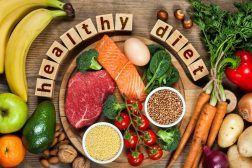
A Balanced Diet – Minerals and Proteins
Proteins and minerals can be derived from various dietary sources. They are essential for the proper growth and developm..
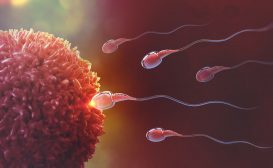
Human Reproduction and Fertilization
For human species to obviate extinction, reproductive mature adults should be producing viable offspring in order to con..

Plant Biology
Plantlife can be studied at a variety of levels, from the molecular, genetic and biochemical level through organelles, c..
